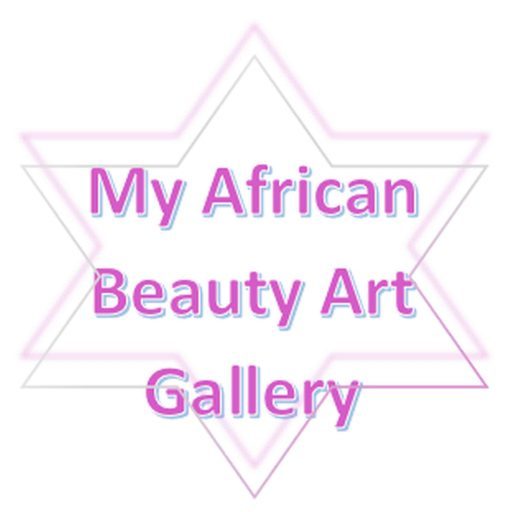LULUWA TYPES OF ART Luluwa are known for their sculpted statues marked by intricate scarification patterns and their finely carved utilitarian objects, including hemp pipes. They also carve several mask types used in initiation. HISTORY The Luluwa are closely related to the Luba Kasai and migrated along with them in the 18th century following an …
Continue reading Luluwa
Tag:Bangubangu
Lunda
LUNDA TYPES OF ART Although it is impossible to isolate specific examples of Lunda art, their political activity in the region and their patronage of artists living in neighboring ethnic groups influenced the artistic styles found throughout the region. It is believed that all objects historically linked to the Lunda were originally carved by neighbors, …
Continue reading Lunda
Lwalwa
LWALWA TYPES OF ART Some small figures are carved for divination and display on shrines, but the majority of Lwalwa art in collections consists of beautifully sculpted masks, characteristically elongated, with prominent noses, rectangular eyes, and a small hole between the mouth and nose, through which a cord is passed in order to secure the …
Continue reading Lwalwa
Mangbetu
MANGBETU TYPES OF ART Most Mangbetu art was reserved for ruling class and was secular in nature. Wooden figures are believed to be ancestral portraits. Harps and trumpets that were used by court musicians were often adorned with sculpted human heads. Decorated thrones and knives were also part of the royal regalia. HISTORY Linguistic patterns …
Continue reading Mangbetu
Ngbaka
NGBAKA TYPES OF ART The most common forms of sculpture center around representations of Seto and Nabo. Often they are portrayed with a heavy ridge of scars which bisect the forehead vertically. The Ngbaka also carve several types of masks and numerous utilitarian objects. HISTORY The Ngbaka arrived on the Gemena Plateau in 1920. They …
Continue reading Ngbaka
Nkanu
NKANU TYPES OF ART Nkanu art styles are very similar to their Yaka and Lula neighbors. They carve wooden masks that are used for ceremonial purposes and anthropomorphic wooden sculptures. HISTORY Nkanu peoples live in an area of central Africa that is rich with historical narratives and events. They are situated between Kongo and Yaka …
Continue reading Nkanu
Zande
The word azande means “the people who possess much land.” This relates to their history as conquering warriors. The Zande migrated during the 18th century from Sudan to the northern part of the Democratic Republic of the Congo, settling on the banks of the Uele River. They live also in the Central African Republic and the Sudan. …
Continue reading Zande
